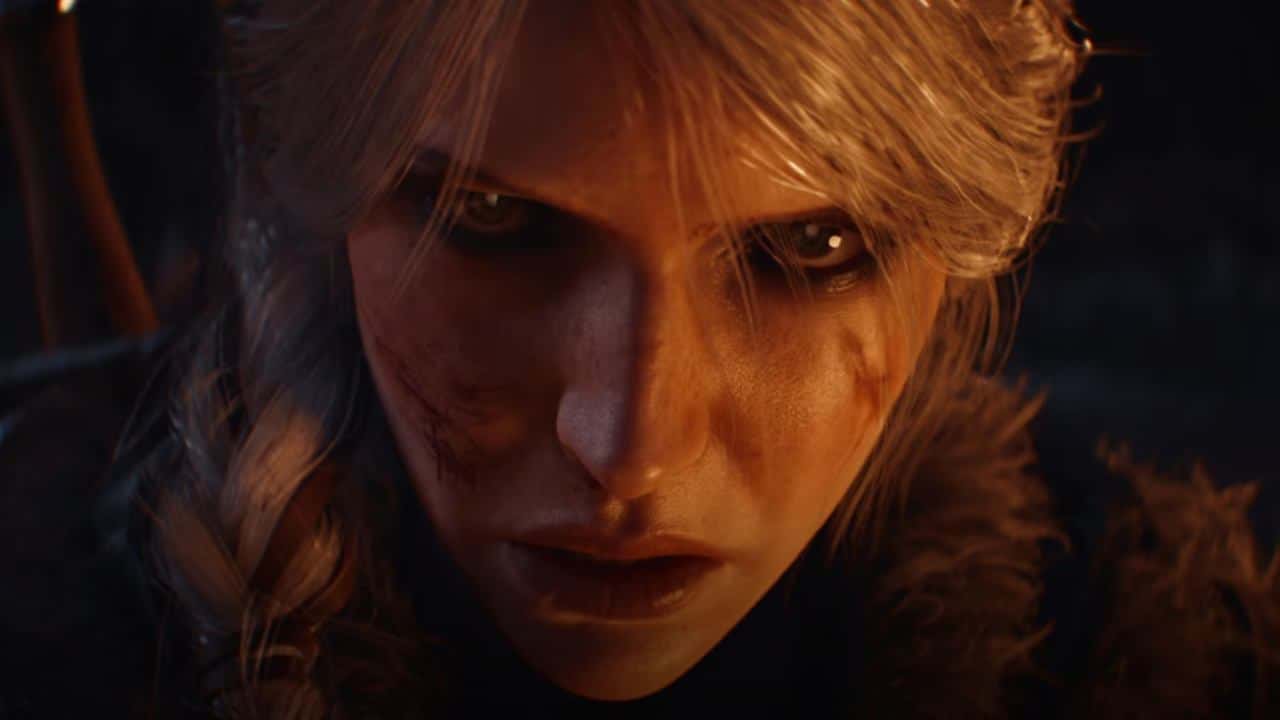
St. Patrick’s Day usually means green beer, parades, and shamrocks, but there’s more to it than that. It’s also the perfect time to look at Ireland’s folklore—the warriors, spirits, and ancient legends that have shaped fantasy worlds for centuries. Video games like The Witcher 3 have drawn from these myths for years. Sometimes in obvious ways, sometimes without gamers even noticing. Irish folklore in gaming has shaped everything from world design to legendary characters.
Ever fought a banshee, wandered through a hidden fairy realm, or clashed with a one-eyed giant? If so, you’ve already seen Irish folklore in action. From RPGs to action games, these stories are woven into gaming’s DNA. So, since it’s St. Patrick’s Day, let’s take a look at how St. Patrick’s Day and Irish folklore in video games have shaped some of our favourite gaming worlds.
The Gods Behind the Curtain
If you’ve played a game with powerful, ancient beings secretly pulling the strings, there’s a good chance it was inspired by the Tuatha Dé Danann—a mystical race of gods and warriors from Irish folklore. According to legend, they ruled Ireland before being forced into the Otherworld, a hidden realm of magic. Though they were driven from the land, they never truly disappeared. Many stories claim they still influence the mortal world from the shadows, much like the secretive forces often found in fantasy games.
The Occuria in Final Fantasy XII follow this same concept, acting as unseen rulers who manipulate history from behind the scenes. Their role mirrors the Tuatha Dé Danann’s lingering influence over Ireland’s fate. The Witcher series takes a similar approach with the Aen Elle elves, a powerful race from another dimension. They once walked the same world as humans but later retreated to their own hidden realm. Dragon Age echoes this theme, portraying elves as a once-thriving, mystical civilization now reduced to scattered remnants, with whispers of their ancient power still influencing events.
The Legend of Zelda: Breath of the Wild also explores this idea with the Sheikah, an advanced civilization that vanished but left behind powerful technology. Similarly, Shadow of the Colossus features the Dormin, ancient entities sealed away long ago, yet their power still lingers.
Whether acting as hidden gods, lost civilizations, or mysterious guiding forces, the Tuatha Dé Danann’s legacy continues to shape gaming’s most legendary myths.
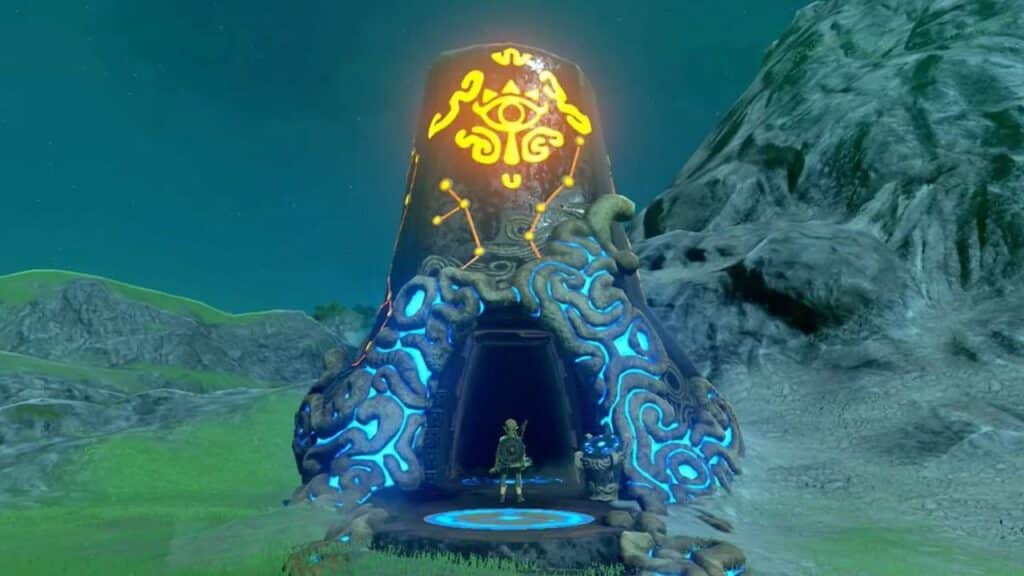
The Otherworld and the Fairy Folk
Irish folklore doesn’t always separate myth from reality. Take the Sidhe—mystical fairy folk who are said to live just out of sight. Unlike the playful fairies in modern stories, the Sidhe were powerful and unpredictable. Some were helpful, but many were known for luring humans into the Otherworld, a realm where time flows differently, and those who entered often never returned.
This idea of hidden magical realms appears in many video games. The Legend of Zelda draws heavily from it, particularly with the Koroks and Kokiri. They are guardians of the forest who remain separate from human society. Their role as protectors of ancient lands mirrors the Sidhe’s role in Irish folklore. The Sidhe were believed to watch over sacred places. Hellblade: Senua’s Sacrifice also plays with this theme, as Senua’s visions make it unclear whether she’s experiencing reality or slipping into an Otherworld.
Ni no Kuni captures the fairy tale side of this folklore with its Fairyground. It’s a land filled with magical creatures that exist apart from the human world. On the darker side, Dark Souls reflects how the Otherworld could be both beautiful and dangerous. The Abyss and its creatures resemble myths of humans stepping into realms beyond their understanding—only to be changed forever.
Whether as a mystical haven or a place of no return. The Sidhe’s influence continues to shape how video games explore hidden realms and the supernatural.
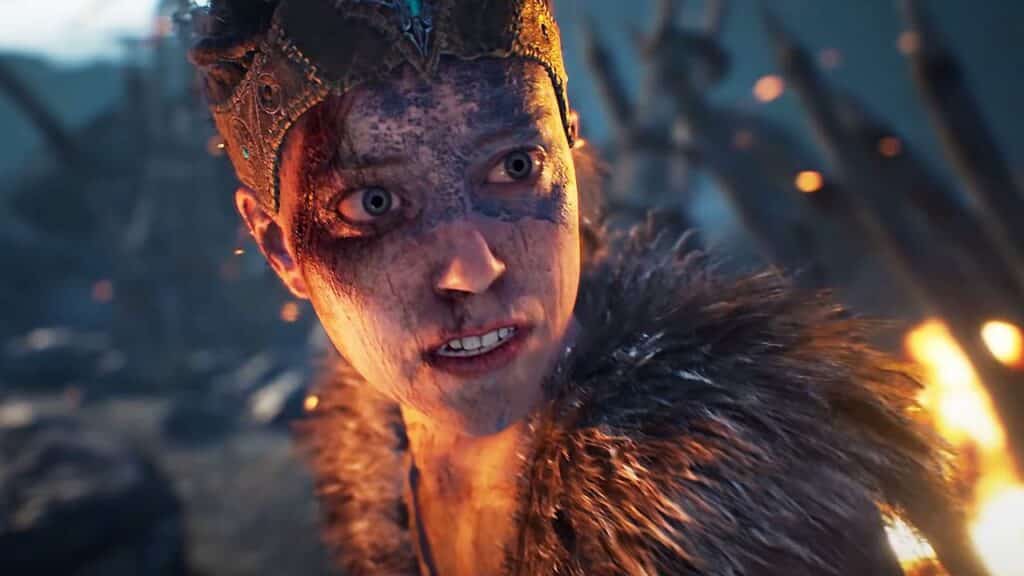
The Warrior’s Rage
Few Irish legends are as well-known as Cú Chulainn. He was a warrior so fierce that his battle rage could twist his body into monstrous forms. In combat, he entered the ríastrad, a frenzy so intense that it made him nearly unstoppable. His strength was legendary, but his story was also tragic. Doomed by fate and bound by honour, his greatest victories often led to his downfall.
This idea of a warrior consumed by rage has shaped countless video game characters. Shin Megami Tensei and Fate/Grand Order directly feature Cú Chulainn as a summonable warrior, but his influence runs much deeper. The Berserkers in Fire Emblem share his wild, uncontrollable battle instincts, while The Witcher’s cursed warriors reflect his tragic fate. Dark Souls and Elden Ring both explore the idea of power coming at a terrible cost, much like Cú Chulainn’s doomed path.
Kratos’ Spartan Rage in God of War is another great example. It lets him unleash pure fury in battle, much like Cú Chulainn’s transformation. Just like Cú Chulainn, Kratos struggles with the consequences of his own rage. He often finds that his greatest strength leads to destruction.
Whether it’s a warrior losing control in battle or a hero bound by fate. Cú Chulainn’s legend continues to shape some of gaming’s most powerful characters.
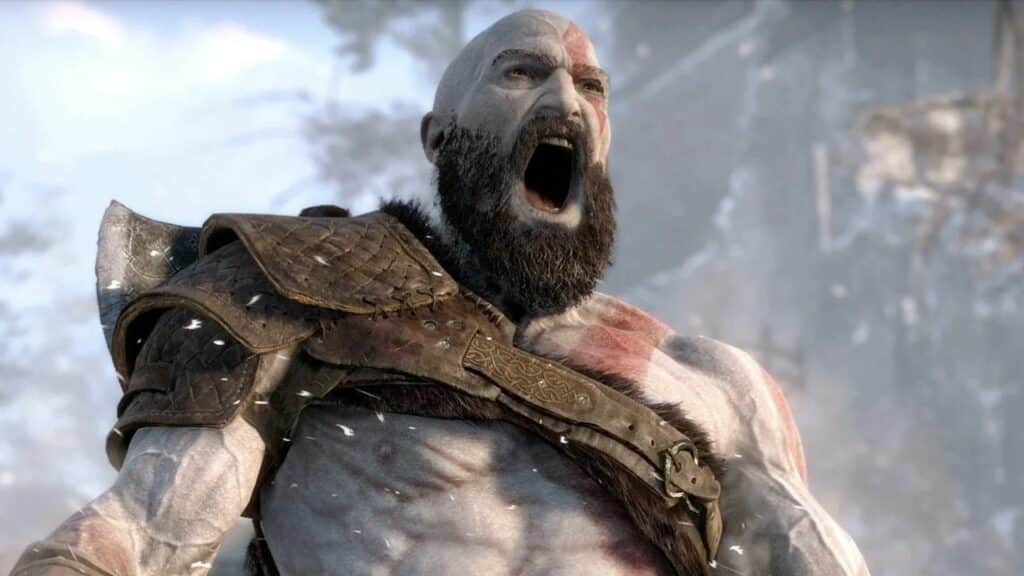
Haunting Spirits and Tricksters
Irish folklore isn’t just about warriors and gods—it’s also filled with spirits, curses, and mischievous tricksters. One of the most famous is the banshee, a ghostly figure whose wail is said to foretell death. Unlike the screaming ghosts of popular culture, banshees were often depicted as sorrowful, warning of impending loss rather than causing harm. Over the years, banshees have become a staple in video games, appearing in everything from Mass Effect to Dragon Age.
Another well-known figure is the leprechaun, though gaming rarely captures its original mythological roots. Traditionally, leprechauns weren’t just lucky gold-hoarders—they were cunning and often tricked those who tried to outsmart them. Games like Fable and The Sims emphasize the mischievous side, the leprechaun’s trickster nature can be seen in many games that feature deceptive, fortune-driven characters.
Then there’s Balor, the one-eyed giant whose gaze could kill. His legend has influenced powerful, single-eyed monsters in gaming, from Final Fantasy to Shin Megami Tensei. Though his direct appearances are rare, his influence can be felt in many towering figures that wield overwhelming power at a cost.
Even Majora’s Mask plays with the trickster spirit idea. The mask itself is chaos, twisting the minds of anyone who wears it. Its ability to warp reality and spread mischief fits right in with Irish folklore’s cunning spirits.
Ciri from The Witcher draws on Celtic and Irish-inspired themes, especially through her connections to ancient powers, hidden realms, and the Aen Elle elves. Her journey through mystical worlds mirrors the Celtic mythological tradition of crossing between realms.
St. Patrick’s Day and Irish folklore in video games go hand in hand, blending ancient legends with fantasy worlds. Irish folklore blurs the line between the supernatural and the real, making it perfect for gaming’s magical worlds.
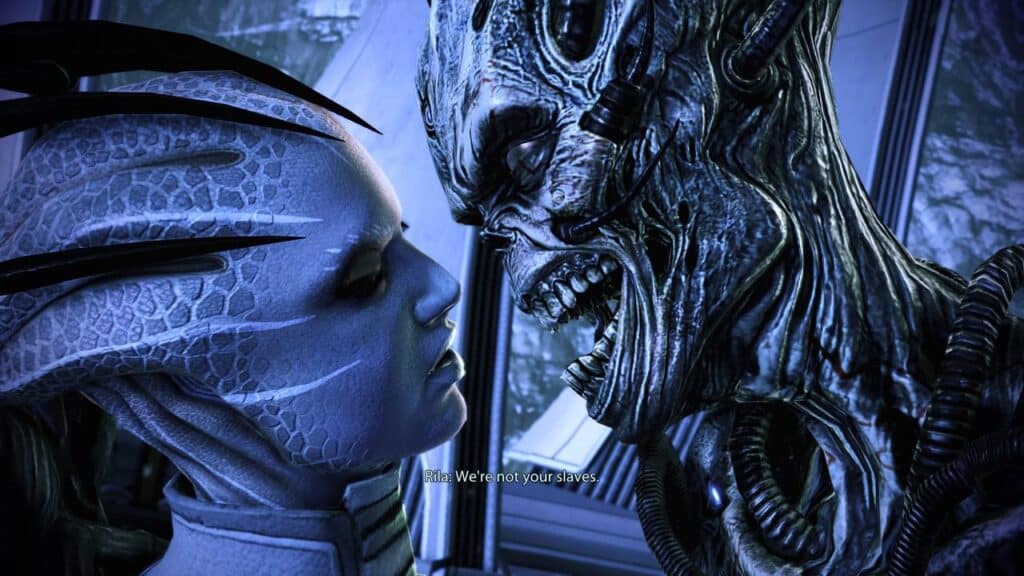
Ireland’s Influence on Game Worlds
Beyond specific myths and characters, Irish landscapes and legends have helped shape entire game worlds. The rolling green hills, ancient stone circles, and misty ruins found in many open-world games feel like they were pulled straight from Ireland’s countryside.
Elden Ring’s Lands Between carries strong Celtic influences, from its architecture to its lore, with vast, sacred sites reminiscent of ancient Irish landmarks. Assassin’s Creed Valhalla: Wrath of the Druids goes even further, taking players to Ireland itself, complete with real-world locations like the Hill of Tara and Benbulben.
Even games that aren’t directly set in Ireland borrow its landscapes. The Legend of Zelda: Breath of the Wild features towering cliffs and sprawling green fields that resemble the Cliffs of Moher and the Giant’s Causeway. Dragon’s Dogma also captures this feeling, with winding trails, ancient standing stones, and forgotten ruins scattered throughout its world. The game’s landscapes echo the kind of untamed beauty found in Ireland, where remnants of the past blend with nature.
Fantasy RPGs love their vast, wild landscapes—especially ones packed with mystery and history. A lot of that inspiration comes from Ireland. Whether it’s through architecture, landscapes, or mystical atmosphere, the country’s influence runs deep in gaming.
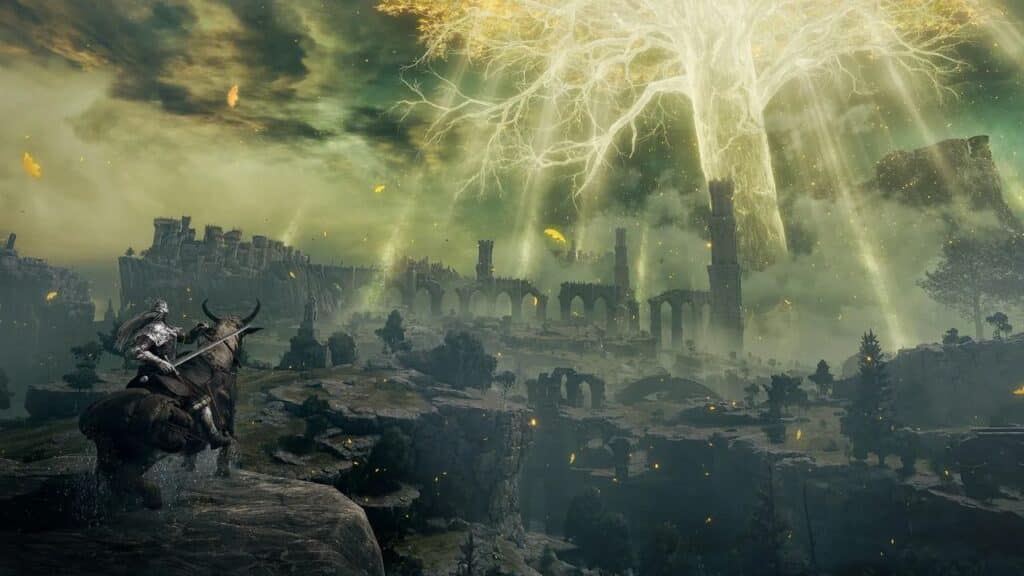
A St. Patrick’s Day Celebration Beyond Shamrocks
This St. Patrick’s Day, instead of just wearing green, why not celebrate by exploring the rich folklore and landscapes of Ireland through gaming? Whether it’s stepping into an ancient Otherworld, battling a cursed warrior, or encountering a banshee, Irish folklore has shaped some of gaming’s most memorable stories.
From the hidden magic of the Tuatha Dé Danann to the wild battle rage of Cú Chulainn. These legends continue to shape fantasy worlds, filled with intrigue and mystery. Even the landscapes—rolling green hills, ancient ruins, and misty forests—make their way into open-world adventures, bringing a touch of Ireland to every corner of gaming.
Want to bring a little St. Patrick’s Day spirit into your gaming? Fire up a game with some Celtic influences. Or better yet, explore a game set in Ireland itself. However you choose to play, St. Patrick’s Day and Irish folklore in video games offer a unique way to experience these legendary stories. The spirit of Irish folklore will be right there with you.
Have you ever noticed Irish folklore in your favourite games? Let me know in the comments!
As always, remember to follow us on our social media platforms (e.g., Threads, X (Twitter), Bluesky, YouTube, and Facebook) to stay up-to-date with the latest news. This website contains affiliate links. We may receive a commission when you click on these links and make a purchase, at no extra cost to you. We are an independent site, and the opinions expressed here are our own.











